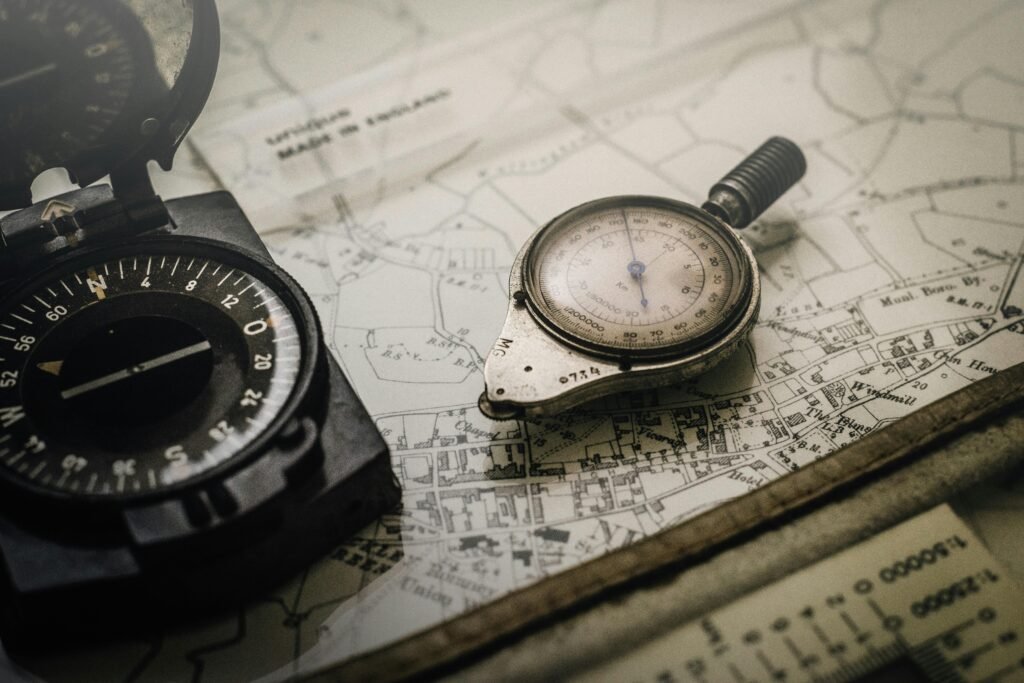
For most of us, maps seem natural — north on top, south below.
But this familiar layout isn’t a universal truth.
It’s a human choice shaped by history, culture, and power.
Before “North-Up”: A World of Different Directions
Thousands of years ago, civilizations oriented their maps according to their own beliefs and geography.
The ancient Egyptians placed south at the top, following the flow of the Nile.
Medieval Arab mapmakers often placed east on top, honoring the rising sun — a symbol of life and renewal.
In those times, there was no fixed “up” or “down.”
Maps were reflections of worldview, not geometry.
The Compass That Changed Everything
During the 14th and 15th centuries, European navigators began exploring farther seas with a new tool: the magnetic compass.
The needle always pointed north, and mapmakers naturally aligned their charts to match it.
What started as a navigational convenience soon became a global standard — “north-up” maps.
Power Hidden in Orientation
But this shift was more than practical.
As European empires expanded, their maps spread across the world — placing Europe at the center and on top.
In visual terms, “up” often means higher, dominant, or superior.
And so, a simple map orientation began reflecting a hierarchy of power.
Maps, it turns out, aren’t neutral.
They shape how we see the world — and who we believe stands above it.
Flipping the World
What if we turn the map upside down?
Australia on top, Europe at the bottom.
Suddenly, the world looks unfamiliar — yet nothing has truly changed.
The continents stay the same; only our perception shifts.
It’s a reminder that “north-up” is a convention, not a cosmic rule.
Maps as Mirrors of the Mind
A map is never just geography — it’s a story.
Every mapmaker chooses what to show, where to center, and which way is up.
Those choices reveal not only how we navigate the Earth, but how we understand our place within it.
“North” became “up” because people with the power to draw maps decided it should be.
And for centuries, we’ve seen the world through their eyes.
A Matter of Perspective
Next time you look at a map, remember:
the top is only a point of view.
Turn it, tilt it, flip it —
and watch the world rearrange itself in your mind.
Because sometimes, understanding geography
begins by questioning the direction we take for granted.
